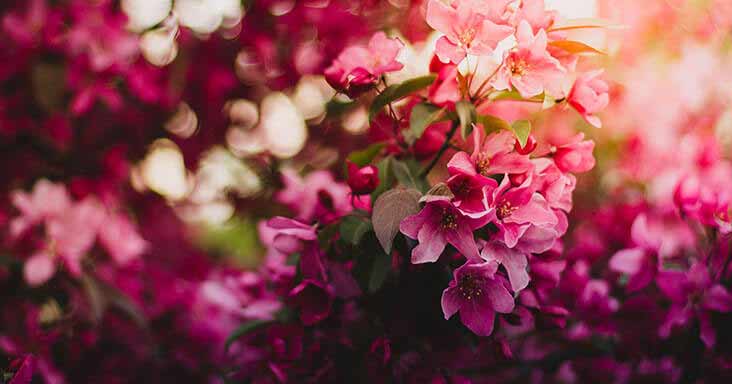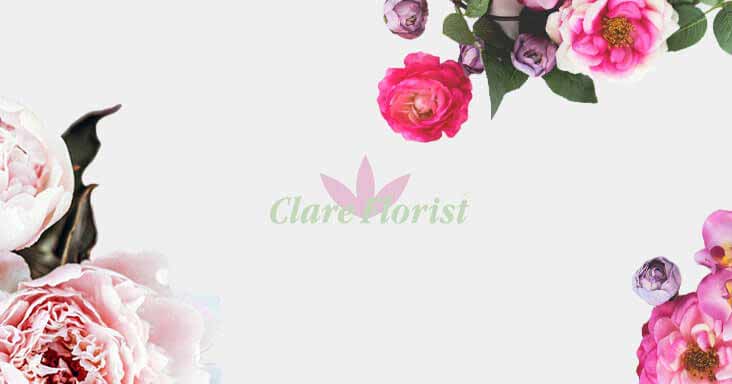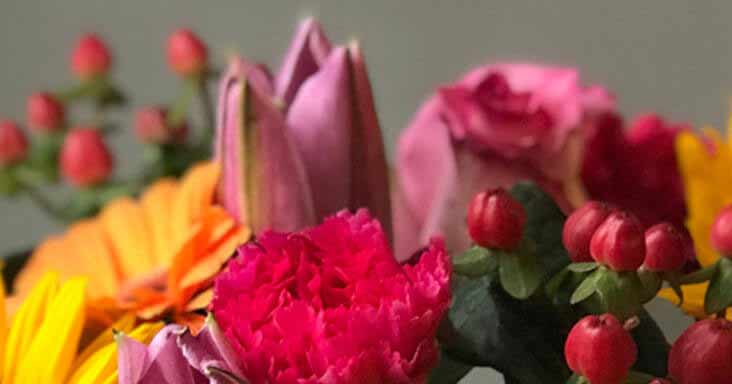Yep, you may still feel in want of some cheering festive lights but it's time to take down the decorations. In the early days of winter solstice celebrations people believed that tree-spirits lived in the decorative greenery (holly, ivy, pine, yew and mistletoe) which they brought into their homes during the festive period. This was thought to give a safe haven to the spirits during the harsh days of midwinter, but if they weren't released back outside by Twelfth Night the plants wouldn't be able to start re-growing and there would be no spring! What's more, if stuck indoors after their midwinter hibernation, the spirits would start to cause havoc in the house.
If the maths is puzzling you, that's because back in the days of the tree-spirits, sundown was taken as the start of the next day, making what we now call the evening of January 5th the twelfth night after Christmas and from dawn till dusk on January 6th the twelfth day.
English traditions for celebrating Twelfth Night include playing tricks on each other and making Twelfth Night cake: a rich fruitcake in which would be hidden a bean. Whoever got the bean would be King of Queen of the Bean for the day and would get to order their fellows about as they pleased! A traditional practical joke was to conceal live birds in an empty pie crust; the birds would then fly out, surprising the unsuspecting cutter of the pie and onlooking guests —hence the 'Sing a Song of Sixpence' nursery rhyme.
Traditional food for the Twelfth Night feast, apart from the bean cake, would include cheeses, oyster stuffing, ginger snaps, spiced ale and other hot and spicy foods.
In Christian tradition Twelfth Day is celebrated as the day of Epiphany and recalls the visit of the three Wise Men to the newborn Jesus. In Spain this is known as the day of the Three Kings and is traditionally the day on which children receive presents. A perfect time for any of those belated Christmas gifts!




